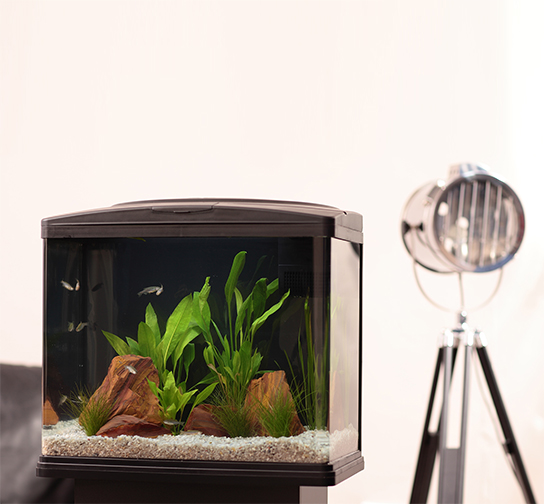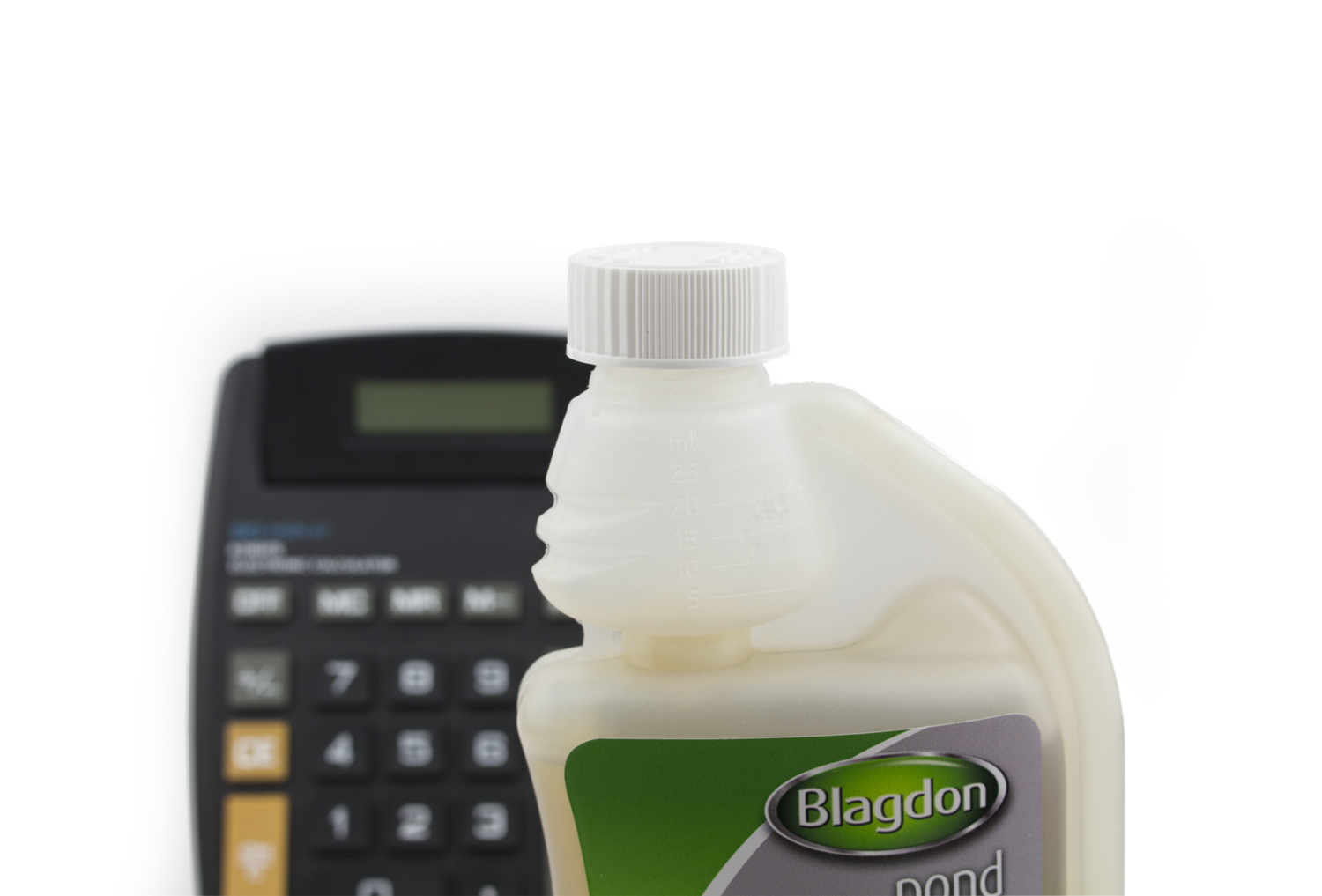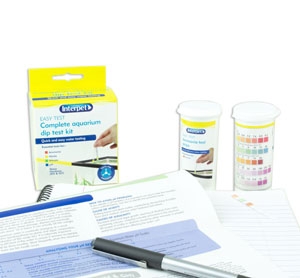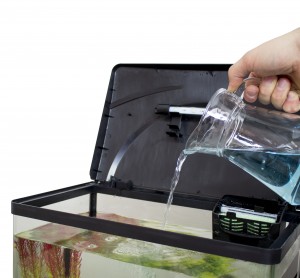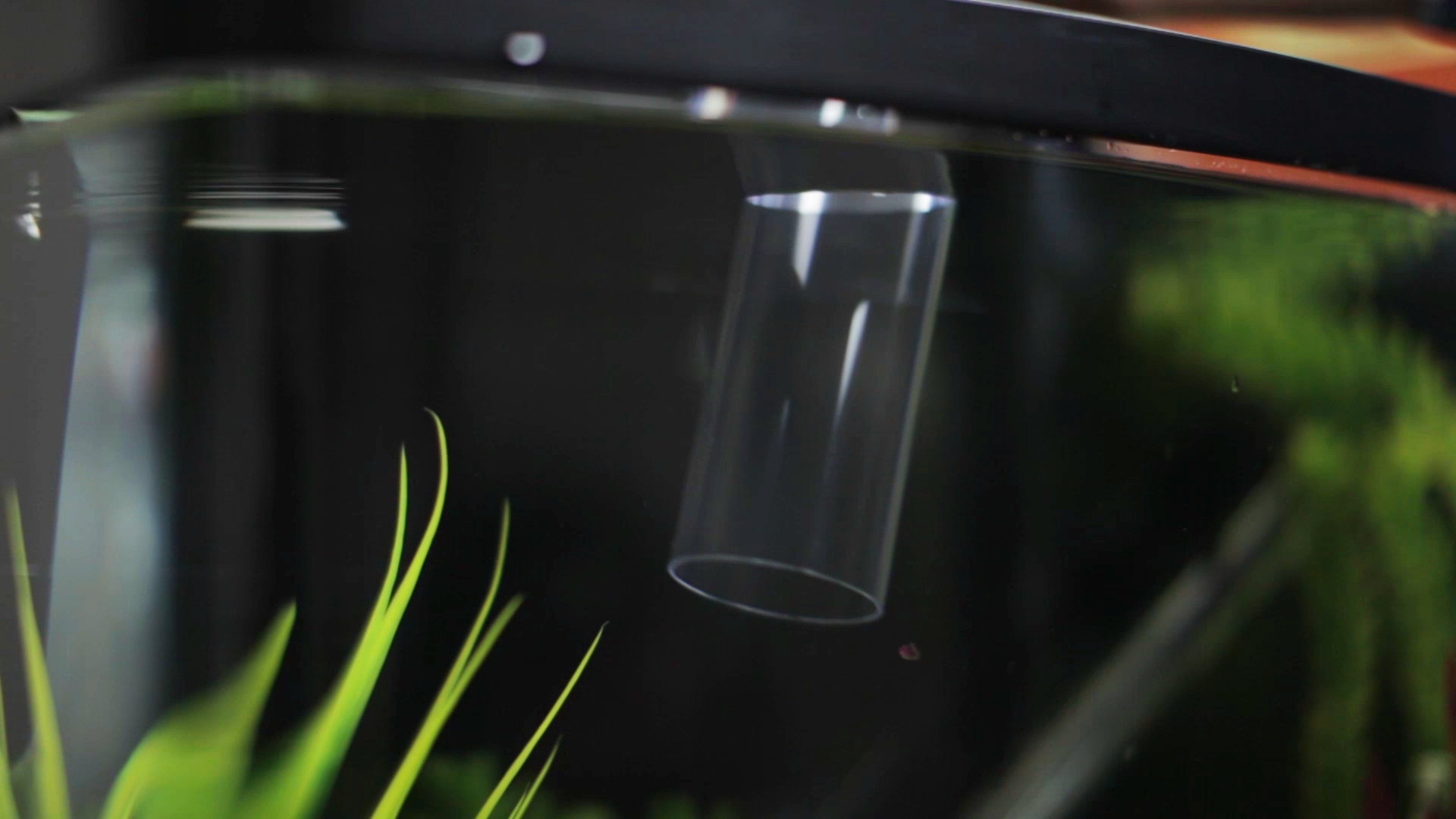
How to do a water change and clean your aquarium
What will I need?
- Bucket
- Gravel cleaner
- Fish Net
- Service pack for you filter media
- Magnetic algae cleaner
- Dechlorinator – Bioactive Tapsafe
- Test Kits
Step 1:
Start by testing your aquarium water for Ammonia, Nitrate, Nitrite and the pH level. Follow the instructions on the testing kit and make sure to keep a record of your results. By testing your water now you can then address any issues you may have as part of the water change and you have a record to come back to when you test in the future.
Step 2:
Turn off all power to your aquarium including your heater if installed. This is for the safety of both you and your fish.
Step 3:
Put the gravel cleaner into the aquarium with the tube end pointing into your bucket. Start the water syphon following the gravel cleaner instructions and begin to remove water from the tank. As the water is sucked out you can push the gravel cleaner into your substrate this will remove any waste that has settled on the bottom of the aquarium. Do this throughout the whole aquarium but keep an eye on the water level as you only want to remove around 25% of your water.
Step 4:
Once you’ve removed 25% of the water you can begin maintenance on your aquarium, this may include:
- Removing any dead leaves
- Trimming plants
- Clearing algae by sliding the magnetic cleaner over the aquarium glass
- Removing rocks, plastic plants and ornaments and cleaning them using the Interpet plastic plant and ornament cleaner .
Give your aquarium a general spruce up, trying not to disturb your fish too much.
Step 5:
Whilst the water level is still low you can replace the filtration media in your filter. Replace the cartridges using the right service packs for your filter. Some media, like sponges, may need rinsing through to clear any small blockages. NEVER clean your filter media in tap water always use the water that you’ve removed from your aquarium (that’s why we suggest collecting it in a bucket). Cleaning in tap water will kill all the clever bacteria you’ve spent months harvesting in your filter.
Step 6:
Once you’ve finished all the maintenance tasks you can dispose of the old aquarium water (perhaps use it to water the garden) and refill your bucket with tap water. Before you can add this water to your aquarium you need to treat it with a dechlorinator like Bioactive Tapsafe to remove any harmful minerals. You also need to be aware of the temperature of your aquarium; if you have a tropical tank you need to heat your water to a similar temperature as the aquarium and for a cold water tank let the water settle to room temperature.
Step 7:
Carefully fill your tank back up to the suggested volume (never higher that the maximum fill line of the aquarium). Make sure you do this carefully to avoid disrupting your fish, substrate or clouding your water.
Step 8:
Make sure to continue testing your aquarium water regularly (at least monthly). Water issues are invisible to us most of the time so regular testing is a must to keep your fish and aquarium healthy. You should be testing for levels of Ammonia, Nitrate and Nitrate as well as the level of pH. You can do all of this using an Interpet Test Kit.


